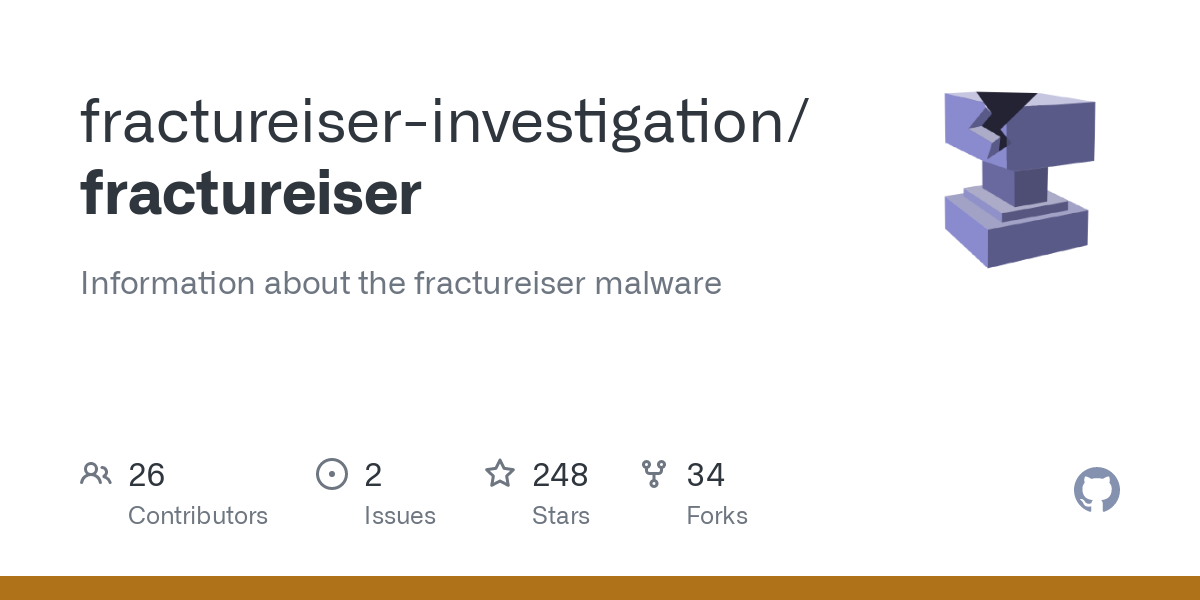
I’ve been playing Viewfinder, which is a first-person puzzle game where you can pick up photos/drawings/etc and place them in the world so that you can walk into them. Not too far yet so I don’t know if it’ll evolve into such, but so far it gives mindbending puzzler vibes like Superliminal, Antichamber, or Manifold Garden.












I haven’t watched it so I can’t speak to its quality but Yasuke on Netflix is loosely based on the historical figure